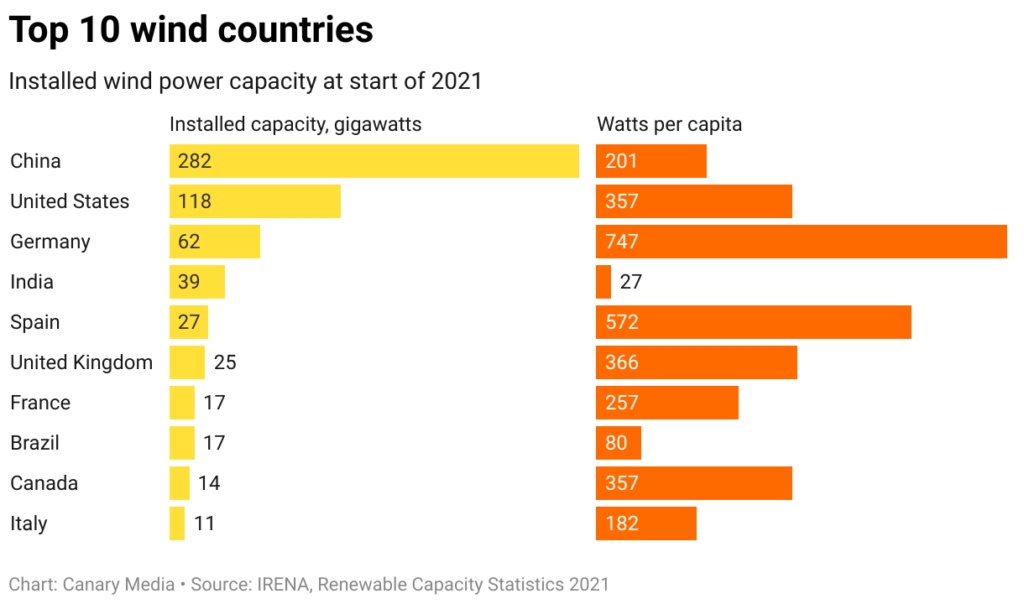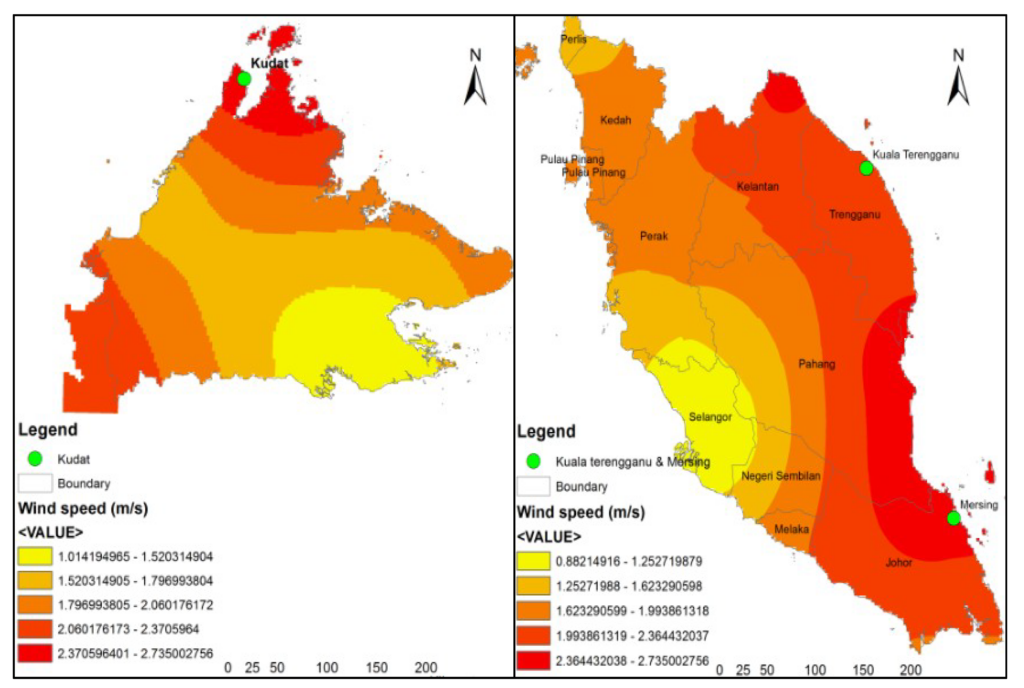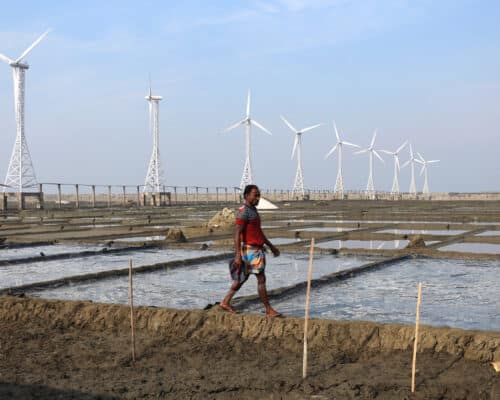Wind Energy in Malaysia – Potential for Growth
Source: Energy Watch
12 June 2024 – by Eric Koons
Wind Energy in Malaysia 2024
Wind energy in Malaysia stands against the backdrop of Asia’s surge toward renewable energy. Across Asia, countries are increasingly investing in wind energy projects as part of a comprehensive approach to combat climate change, enhance energy security and foster sustainable development.
From the massive wind farms in China’s Gobi Desert to India’s ambitious wind projects along its coastlines, the wind energy sector is rapidly becoming a critical component of Asia’s renewable energy portfolio. This has firmly placed the region as the world’s top producer of wind energy.
However, Malaysia’s wind energy adoption is notably limited and national plans tend to favour solar and hydropower instead of wind.
What Is the Wind Power Capacity of Malaysia?
As of 2021, Malaysia’s existing wind power capacity was virtually negligible, and the International Renewable Energy Association (IRENA) estimates that it makes up 0% of its total energy mix. Meanwhile, countries like China boast an installed wind power capacity exceeding 300 GW, and India has upwards of 40 GW.

This is primarily due to the country’s limited technical capacity for wind, one of the region’s lowest. Experts estimate Malaysia’s total exploitable capacity is just 1.4 GW. With other options like solar, which already has an installed capacity of 1.9 GW and hydropower with 6.4 GW, there is limited incentive to invest in wind energy resources.
Factors Contributing to Malaysia’s Low Wind Potential
Malaysia’s potential for wind energy adoption is minimal for several reasons, but the leading cause is the country’s low average wind speed. With a country-wide average annual wind speed of 1.8 m/s, it is less than the recommended 4 m/s where small wind turbines become viable, and it is significantly less than the 5.8 m/s wind speed for a utility-scale wind turbine in Malaysia.

Geographic and Climate Limitations
Peninsular Malaysia lacks open plains or elevated areas with higher wind speeds. Its coastal areas, where wind potential could be higher, are limited in scope and often populated. This poses logistical challenges for setting up wind farms in Malaysia.
Another consideration is its inconsistent wind patterns that vary based on the southwest and northeast monsoon seasons. For example, on the country’s east coast, which has the strongest winds, wind speed declines by 50% between seasons. This variability makes it difficult to depend on wind energy in Malaysia as a reliable source of electricity generation.
Economic Considerations
Additionally, this variability and low speeds translate into economic considerations for developers. Setting up wind energy infrastructure requires significant initial investment. The low returns due to insufficient wind speeds and seasonal variability will force developers to eat operational costs for their wind farms during low periods. This drives up their costs and reduces the levelised cost of electricity (LCOE) they produce.
The Future of Wind Energy Development in Malaysia
While the overall outlook of wind energy in Malaysia is poor, there is room for growth. The country aims to increase its share of renewable energy capacity to 31% of its total generation mix by 2025 and 40% by 2035. This is a significant increase from its current 8% and will require investment and research in all renewables.

This growth will undoubtedly be dominated by solar and hydropower, yet niche uses for wind may be viable. For example, areas along the Malaysia-Thailand border, east Peninsular Malaysia and small islands can benefit from wind energy. Small-scale wind farms can help propel the country towards its renewable energy targets.
Impact of Climate Change on Global Wind Energy Development
Furthermore, climate change directly impacts wind patterns on both the global and local scales. While it is not entirely understood how winds may change in Malaysia, there is the potential for wind speeds to increase or decline.
However, wind energy may become more viable with changing surface temperatures, more frequent and intense storms or altered precipitation patterns. Having the technology and supply chains available for rapid wind energy deployment is an important consideration for the Malaysian government.
Technological Advancements
As with most forms of technology, renewable energy systems are rapidly improving. For example, in 1985, typical wind turbines had a capacity of 0.05 MW, and now onshore turbines have a 3-4 MW capacity. Research is ongoing to develop turbines for lower wind speeds, which could unlock a significantly larger wind energy potential in Malaysia.
Wind Energy in Malaysia’s Renewable Energy Roadmap
Malaysia’s Renewable Energy Roadmap primarily focuses on solar and hydropower development. However, it includes key actions for wind energy research, like feasibility studies for onshore and offshore wind.
These initiatives are setting the stage for smaller-scale grid and non-grid-connected wind projects in Malaysia scattered across the country in select regions. As the country pushes towards its 2025 and 2035 renewable energy targets, wind power in Malaysia will play a small yet critical role in achieving these goals.
by Eric Koons
Eric is a passionate environmental advocate that believes renewable energy is a key piece in meeting the world’s growing energy demands. He received an environmental science degree from the University of California and has worked to promote environmentally and socially sustainable practices since. Eric’s expertise extends across the environmental field, yet he maintains a strong focus on renewable energy. His work has been featured by leading environmental organizations, such as World Resources Institute and Hitachi ABB Power Grids.
Read more






